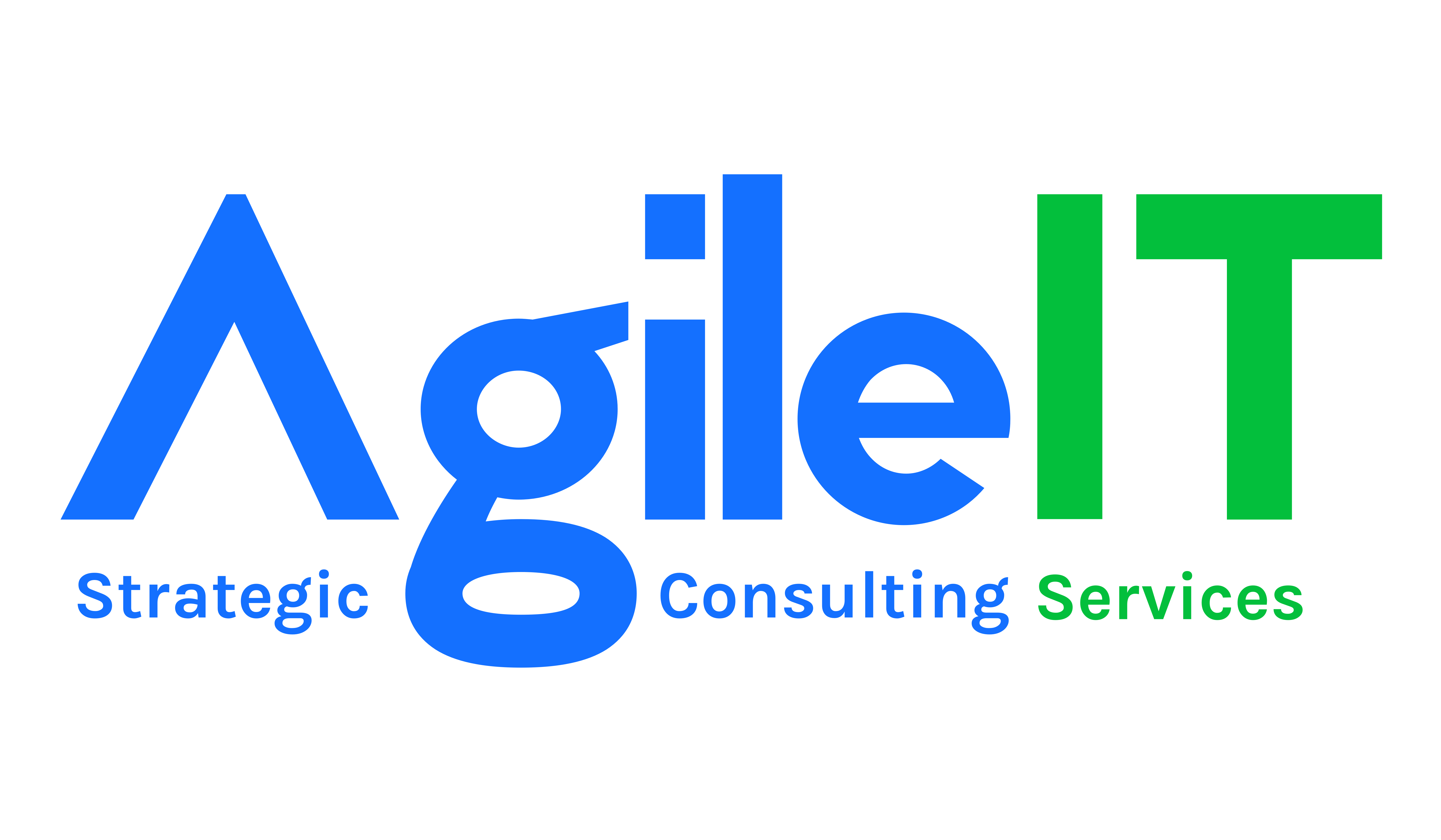The essence of ITSM is that it provides a foundation or prescriptive framework to assist IT managers and support staff to manage IT service delivery to the business. It is a process guideline. Every technology space has a flavour of it, and has implemented the ITL framework in their structure to manage IT service delivery to the business at varying levels (between one and five) of maturity. These are all measureable. A Level Five standard denotes a high level of predictability, resilience and stability within the organisation’s IT service delivery. The more mature the ITSM process the easier it is to manage change and transitions in the IT infrastructure.
When digitalisation is introduced to the organisation, various events or processes that were manually executed or involved physical infrastructure become automated or digitised. So for example, a physical banking experience is duplicated online, visits to clients are replaced by chatbots etc. and automated channels are created to provide a quicker or more efficient user experience.
Impact of digitisation
If the ITSM foundation within the organisation is robust and resilient, these changes should not affect the service delivery to the business. With proper governance, repeatable processes in place, digitalisation can only enhance IT service delivery. ITSM should be the familiar go to point for any IT manager and team and because of this can be replicated easily within any digital space.
ITSM provides a measurable standard or level of how IT is performing to the business. A catalogue of services are agreed upon prior and deliverables contained in a service level agreement, so that business expectations are met in terms of the level of IT services to be delivered. This makes it easier to calculate IT cost to the business.
Forbes Insights, in association with BMC, a global company specializing in innovative software solutions, recently published the results of a comprehensive multinational State of ITSM survey, which drew responses from over 250 IT executives from a spectrum of industries.
Close to half of those surveyed cite service availability as the key performance indicator used to benchmark ITSM effectiveness, followed by time to resolve issues at 41 per cent. Nearly one-third said they look at SLA breach rates as an indicator of the success of their ITSM efforts.

Diagram: https://www.quora.com/What-is-the-full-form-of-ITSM
ITSM implementation immature
Most companies have adopted ITSM, but not fully embedded it within the business operation. This means most ITSM implementations are immature. This impacts IT as service provider to the business and its ability to embrace disruptive technologies and digitalisation.
IT service providers (internal IT departments) are thus doing themselves a disservice by not fully embracing ITSM in a holistic way and one which encourages continual improvement, so the full impact of the IT investment is never fully realised.
I also believe that too many IT departments are focused on the next big thing, rather than rendering fully their investment into their existing IT infrastructures.
For effective implementation of ITSM within your organisation, these are my top do’s and don’ts:
- Don’t try and alter the framework to suit your business. Change the business to suit the framework and align your processes within the ITL guidelines. The beauty of embedding ITSM within the organisation is that it introduces predictability and standards, which create an environment of certainty in terms of IT deliverables. The danger of altering the framework is that everything then becomes open to interpretation.
- Don’t stop at adoption. Keep focusing on maturity and continual service improvement within the ITSM lifecycle and adoption.
- Don’t rest on your laurels. Build ITSM competence within your team, which is dedicated to on going improvement.
- Don’t try and boil the ocean. Decide which principles are most important to the business and focus on these.
- Don’t compromise
- Do follow the guidelines
- Do promote internal training on ITSM and ITil so everyone in your team speaks the same language and is committed to its effectiveness within the business.
- Do be determined. ITSM’s maturity path demands strong leadership with strong focus to deliver standards.

